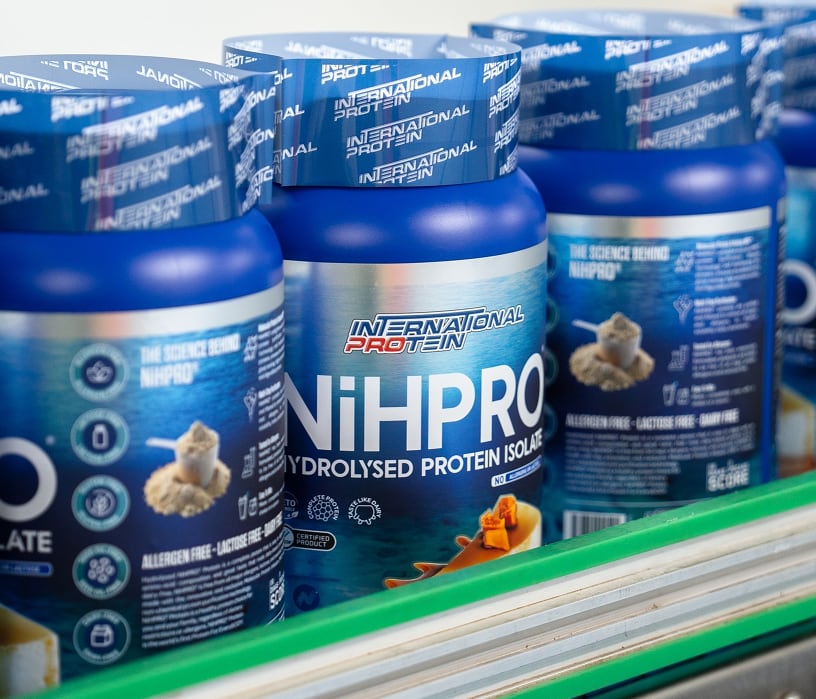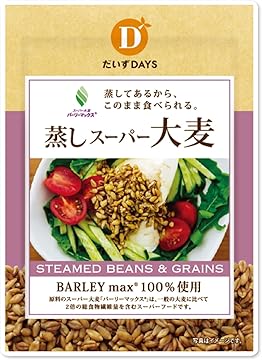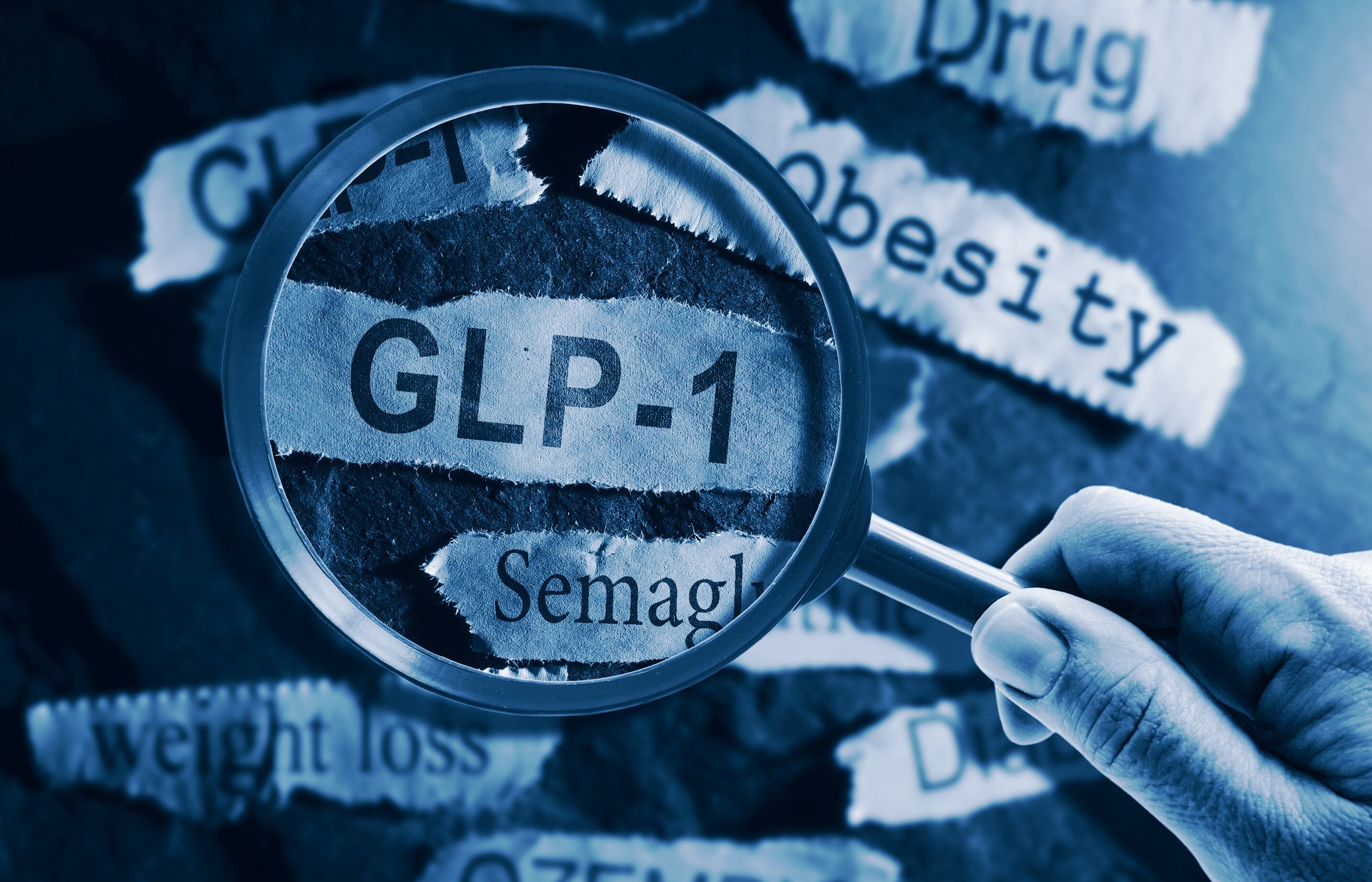Launched late last year, the protein trademarked NiHPRO is a hydrolysed protein isolate.
It is made using three key ingredients, pea protein, rice protein, and essential amino acids. No dairy is used, which makes the protein vegan-friendly, according to the firm.
Some of the brands that have already incorporated NiHPRO into its finished products include Australian brand International Protein’s NiHPRO Hydrolysed Protein Isolate.
However, Drew Campbell co-founder of NiHTEK - the company which created NiHPRO - stressed that NiHPRO is not only for the vegans, but appeals to consumers who prefer the mouthfeel, digestibility, and amino acid profiles of whey protein isolate (WPI).
Speaking to NutraIngredients-Asia, Campbell describes NiHPRO as a “dairy and vegan friendly” protein.
This attribute, he said, stemmed from the production technique used.
The techniques seeks to make NiHPRO mimic after dairy protein in terms of the level of digestibility, taste, mouthfeel, and amino acid profile.
Based on studies conducted by third party, Campbell said that the Digestible Indispensable Amino Acid Score (DIAAS) of NiHPRO was 116, which he said was even higher than WPI’s score of 109, and soy protein isolate’s score of 91.
The score of pea and rice proteins that have not been hydrolysed is around 65 and 50 respectively, he said.
He added that NiHPRO has a leucine content of 9.5 per cent.
Aside from pea and rice protein, fermented corn starch is also a main source of leucine in NiHPRO.
“It [NiHPRO] may have originated from plants, but with our many years of research, we have redefined it to what we would like to call ‘the third category of protein’.
“We don’t define ourselves as dairy. We don’t define ourselves as vegan. We’re right in the middle for everybody and the biggest phrase that we like to use is that we are the protein for everybody,” said Campbell.
He believes that NiHPRO could meet the market demand for more easily digestible protein products that dairy protein offers without causing dairy protein allergies and lactose intolerance at the same time.
Aside from the sports community looking for hydrolysed protein, the other target consumers include women and GLP-1 users.
“Many women don’t use protein, some of the reasons could be because they can’t stand the taste or have problems digesting it.
“They get bloated and uncomfortable....Women just don’t use protein because there’s nothing on the market that satisfy them.
“But because of its digestibility, taste, leucine content, and being low FODMAP (Fermentable Oligosaccharides, Disaccharides, Monosaccharides, and Polyols), NiHPRO could be the perfect protein for women,” he said.
He said that GLP-1 users could also benefit from the protein’s high leucine content and digestibility.
“The reason is because we have a high DIAAS score, high leucine content, which are very important, as a high DIAAS score and leucine content could support muscle protein synthesis and protect the body from the side effect of GLP-1 usage.
“It is also 100 per cent sugar free. A reason people use GLP-1 is for fat loss and insulin control. As NiHPRO is sugar free, it does not cause insulin spike quite the same,” he said.
Why not dairy or plant, but the “third protein”?
While dairy protein, specifically whey protein isolate (WPI), is considered the gold standard in the above aspects, some consumers may be allergic to dairy protein or are lactose intolerance.
As such, Campbell, who has been in the sports nutrition business for the past thirty years, started experimenting how he could create a protein that retains the advantages of dairy protein while removing allergens and make it lactose-free at the same time.
The solution had to come from not using dairy at all.
The alternative, on the other hand, is to use plant proteins, but there are concerns around poor solubility, digestibility, mouthfeel and taste.
As such, the company has developed a three-step process in overcoming these issues.
The idea is that the plant protein is hydrolysed sufficiently to promote better digestibility but without causing bitterness - something which happens when protein is cleaved into peptides.
To do so, the company has developed an Advanced Precision Hydrolysation (APH) - a proprietary method that it has derived through five years of research.
The first step is to perform the wet-blending process where the proteins are rehydrated for purification.
“We’re removing a lot of the taste, the textures, the smells within this wet blend process.”
Second is to perform the APH™ process.
“We don’t just hydrolyse the proteins - anyone can hydrolyse proteins, but we use various non-GMO, non-animal, plant-derived enzymes to help breakdown the protein further so that it is hydrolysed, pre-digested into smaller particle size.
“We also further remove the undesirable taste, smell, and textures associated with plant protein.”
The last step is to perform the firm’s patented Molecular Protein Infusion (MPI™) process.
“The process does not denature or change the molecule of the protein with the heat and enzymic treatment, the proteins naturally fold onto each other and become one protein particle.
“In so doing, it doesn’t matter when the product is being transported around. The protein powder separate into different particles and gives off different colours.
“You’ll see one colour and the solubility would be uniform. You won’t have some particles floating on the top and some floating in the middle [when the protein powder is being dissolved].”
Skyrocketing WPI cost sped up NPD
Campbell’s quest in making NiHPRO started five years ago in 2020, but it was about two years later in 2022 that the project picked up pace.
That was when prices of WPI started skyrocketing, leaving a market gap for more affordable alternatives that share the advantages of dairy protein.
“In 2022, WPI prices skyrocketed from between $9 and $9.50 to $21 per kilogram, which makes it unsustainable.
“Brands are making 10 to 20 per cent margin as a result and some companies even went bankrupt,” he said.
As such, one of NiHPRO’s target audience is manufacturers that want to reduce the use of the costly WPI.
“There are some companies that want to reduce the use of WPI due to its high costs. We do allow some companies to use say 50 per cent NiHPRO and 50 per cent WPI.
“However, we do not allow companies to mix NiHPRO with a plant protein or other amino acids,” he said, as doing so would affect the product taste and cancel out the intended taste and mouthfeel.
“The product positioning is very important and we’re truly trying to the third category of protein, or protein for everybody.”





